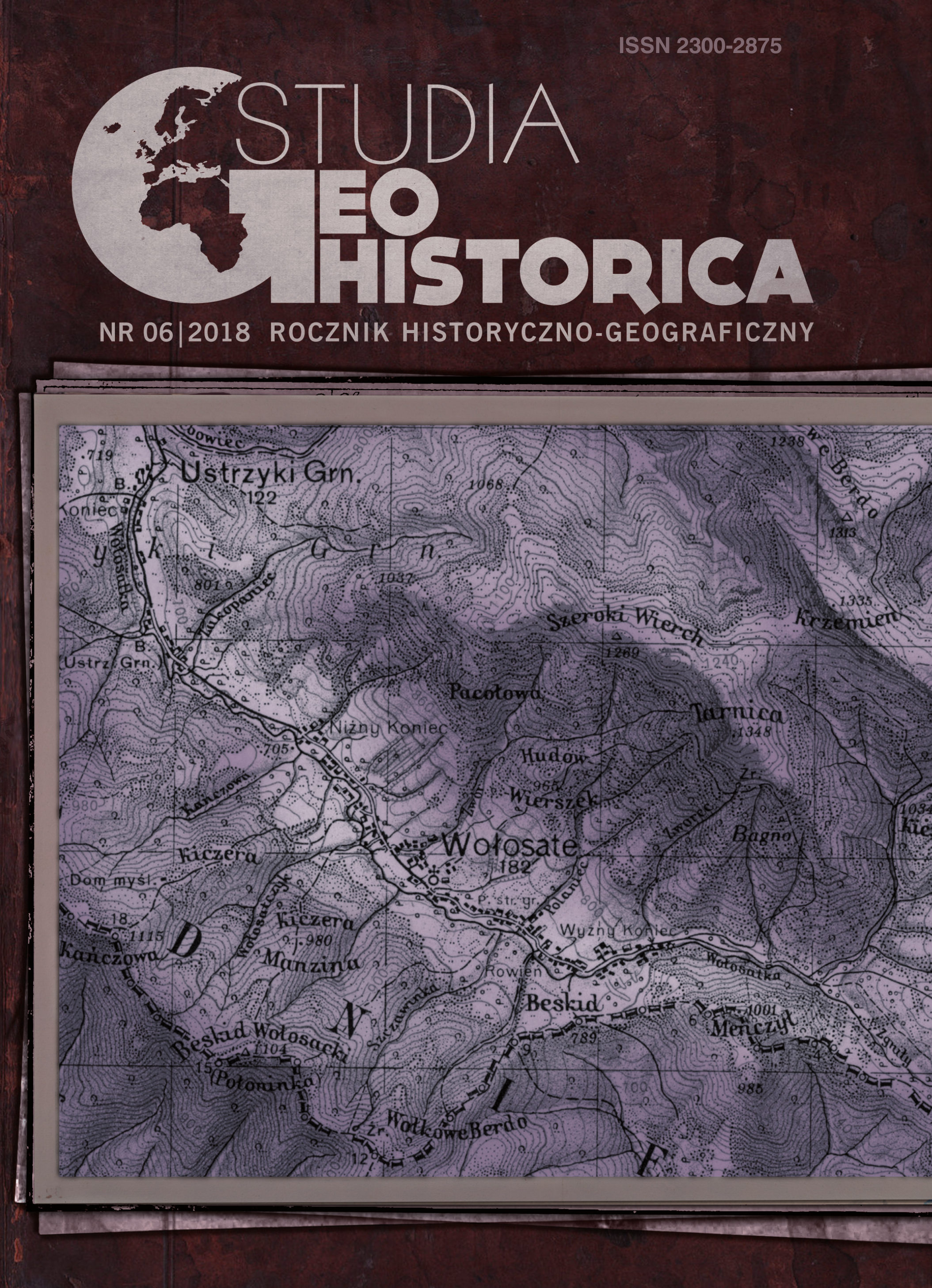Some Principles of Interdisciplinary Investigation for Recreating the Historical Topography of Urban Spaces
Some Principles of Interdisciplinary Investigation for Recreating the Historical Topography of Urban Spaces
Author(s): Maryana DolynskaSubject(s): Historical Geography, Maps / Cartography
Published by: Polskie Towarzystwo Historyczne
Keywords: historical topography; hypothetical map; Josephine and Franciscan Cadastres of immovable private property; Josephine topographic map; conscription number; historical urbanonymy; denotat
Summary/Abstract: Studying the historical urban topography requires addressing the maps and city plans from a particular time period. Due to the fact that the city plans of the locations, in what is present-day western Ukraine, only begun being developed in the 17th and 18th century, a need to formulate a method of creating reconstruction maps for the previous periods of time has emerged. Such a method is based on retrospective comparisons of the written sources with the cartographic, iconographic, toponimic (urbanonimic), and archaeological ones. The following article tackles the problem of reconstructing historical topography using the retrospective method in the case of Lviv and other, smaller towns in the region. The historical topography and its methods are closely connected with historical geography and methodology implemented therein. Both fields aim to illustrate historical events on the map, which allows for depictions of the cultural landscape. The most important sources, fundamental for the research presented, are the Josephine topographical maps of Galicia and Josephine Land’s cadastration comprising the registers of all the 18th century properties. Their comparison with the earlier sources enables, to some extent, the identification of settlements, built-up areas, and elements of the landscape dating back to the Modern Period, or even the late Middle Ages, while contrasting them with both the Franciscan Cadastre and the 19th and 20th century indexes allows for the location of the current addresses. It is worth mentioning that, in such studies, the cartographical sources are indispensable, the iconographic ones are of a secondary, ancillary role, and the urbanonimic sources are of the greatest value. The method presented can be applied to the historical- -topographical analyses of the cities of the whole former Austrian and Austro-Hungarian Empire.
Journal: Studia Geohistorica
- Issue Year: 2018
- Issue No: 6
- Page Range: 169-184
- Page Count: 16
- Language: English

